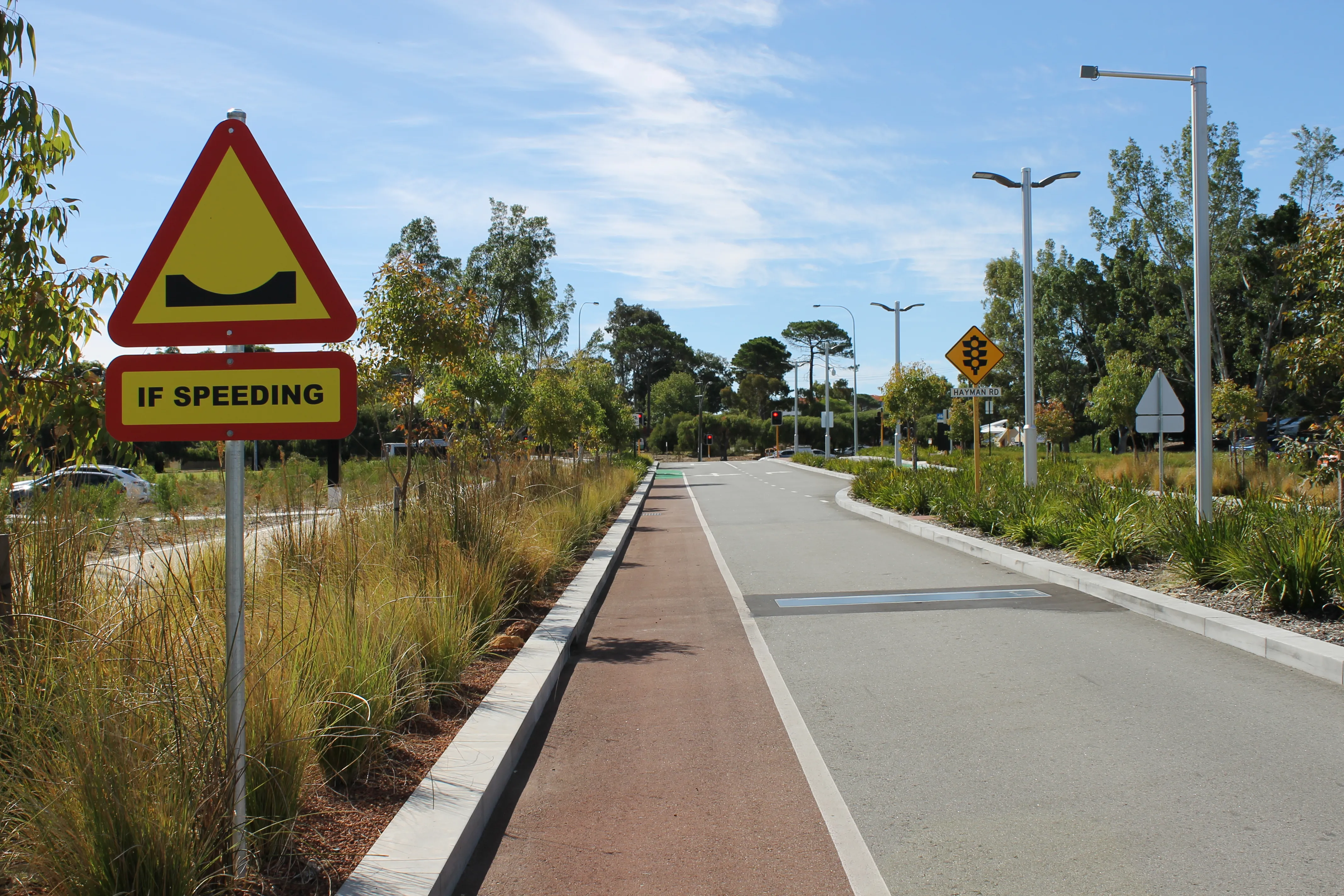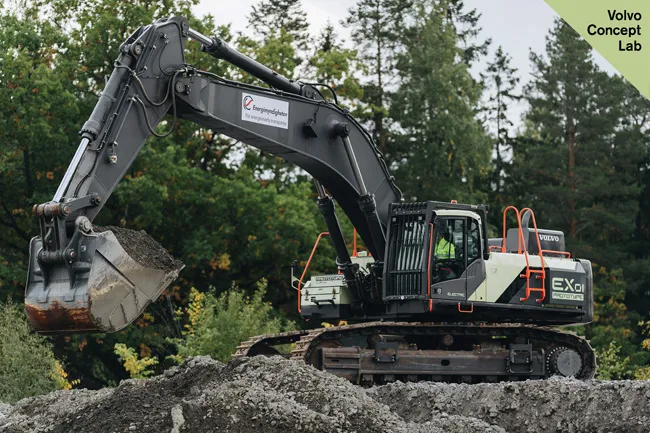
Each day around around 2,000 vehicles use the street which has a speed limit of 40kph. However, about 70% of the vehicles on the road are speeding, according to Graham Arndt, director of operations and maintenance at Curtin University.
The Actibump affects only drivers who are above the speed limit, a limit which is set using the system’s software. This makes the system flexible, said Arndt.
Speeding vehicles are physically reminded of the speed limit by an inverted speedbump. A radar measures the speed of the oncoming vehicles and speeding vehicles activate a hatch that is lowered a few centimetres into the road surface. For non-speeders the hatch remains level with the road surface.
Drivers were surprised to see the road “disappear in front of them” and this made them slow down, said Arndt.
The Swedish manufacturer
According to Edeva, independent evaluations have shown that the system decreases the noise, improves yielding behaviour and decreases the speed to that of the speed limit within a 3kph accuracy, regardless of speed limit or previous speeding behaviour.
Actibump is also installed in Linköping, Uppsala, Malmö, Västerås, Helsingborg and on the Öresund Bridge in Sweden.







